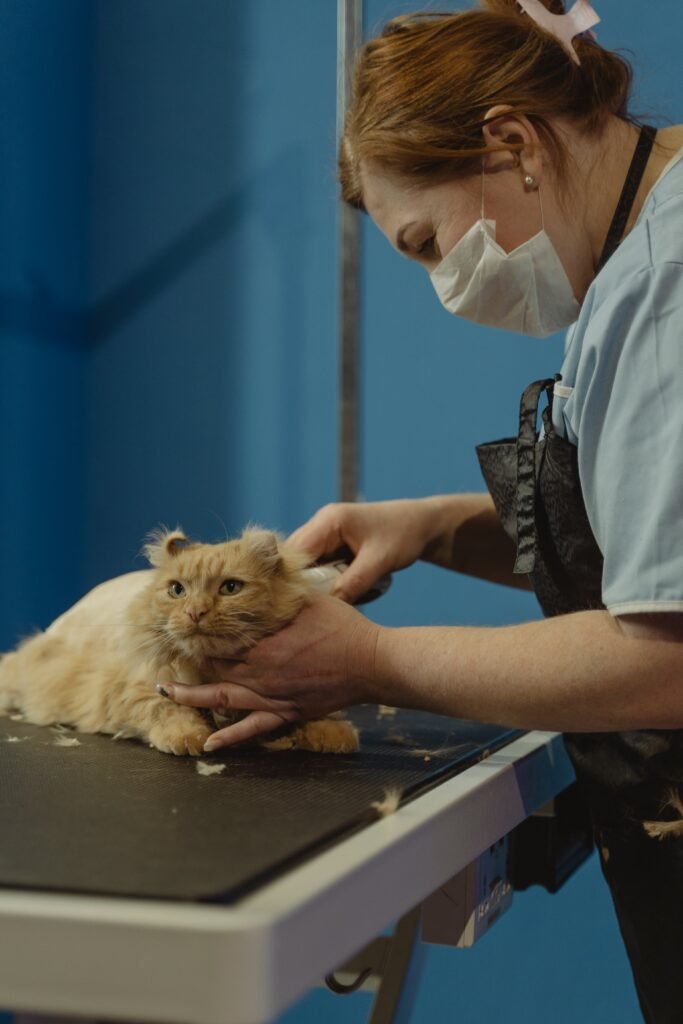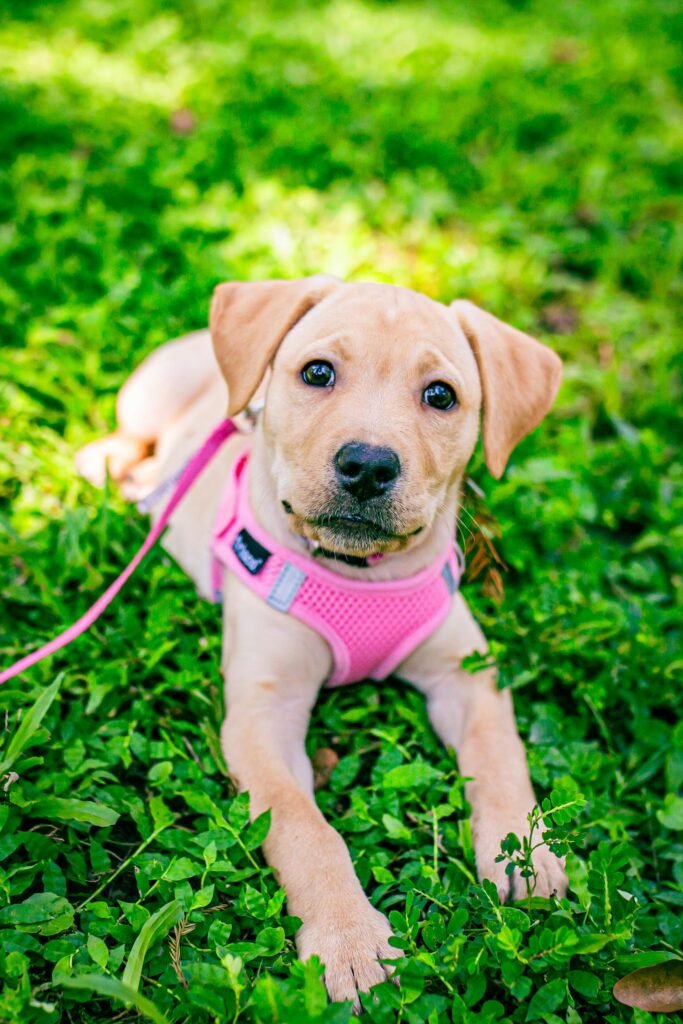Making homemade cat food can be a great way to ensure your cat eats healthy meals. You get to choose the ingredients and know exactly what goes into their food. This can help your cat live a happier and healthier life.
Benefits of Homemade Cat Food
There are many good reasons to make your own cat food:
- Healthier Ingredients: You can use fresh and high-quality ingredients. This means your cat gets the best nutrition without harmful additives.
- Control Over Nutrition: When you make food at home, you control the balance of nutrients. This helps meet your cat’s specific needs.
- Avoiding Allergens: If your cat has food allergies, homemade meals allow you to avoid ingredients that upset their stomach.
Basic Nutritional Needs of Cats
Cats have unique nutritional needs. Here’s a quick look at what they need in their diets:
- Proteins: Cats are carnivores, which means they need protein from meat sources. Good options include chicken, turkey, and fish.
- Fats: Healthy fats provide energy. Fish oil or chicken fat can be great sources.
- Carbohydrates: While cats don’t need a lot of carbs, some grains and vegetables can be included for fiber.
- Vitamins and Minerals: Cats need certain vitamins and minerals, like taurine, which is found in meat.
Homemade Cat Food Safety Tips
Making homemade cat food requires some safety measures:
- Proper Storage: Always store homemade food in the fridge. It can spoil quickly if left out.
- Clean Cooking Area: Wash your hands and clean all surfaces before cooking. This prevents bacteria from contaminating the food.
- Safe Ingredients: Avoid toxic foods for cats, like onions, garlic, and chocolate.
Simple Homemade Cat Food Recipes
Here are a few easy recipes to get you started:
- Recipe 1: Chicken and Rice
Ingredients:- 1 cup of cooked chicken (shredded)
- ½ cup of cooked rice
- ¼ cup of chicken broth (no onions)
Instructions:
- Mix the shredded chicken and rice in a bowl.
- Add chicken broth to keep it moist.
- Serve when cool.
- Recipe 2: Salmon and Sweet Potato
Ingredients:- 1 can of salmon (in water)
- ½ cup of cooked sweet potato (mashed)
Instructions:
- Drain the salmon and mix it with the mashed sweet potato.
- Serve when cool.
- Recipe 3: Turkey and Pumpkin
Ingredients:- 1 cup of ground turkey (cooked)
- ½ cup of canned pumpkin (not pie filling)
Instructions:
- Cook the turkey thoroughly.
- Mix the turkey with the pumpkin.
- Allow to cool before serving.
- Recipe 4: Beef and Carrots
Ingredients:- 1 cup of ground beef (cooked)
- ½ cup of cooked carrots (mashed)
Instructions:
- Cook the beef completely.
- Mash the cooked carrots and mix with the beef.
- Serve when cool.
Homemade Cat Treat Recipes
You can also make treats at home. Here are two simple recipes:
- Treat 1: Catnip Cookies
Ingredients:- 1 cup of whole wheat flour
- 2 tablespoons of catnip
- 1 egg
- 2 tablespoons of water
Instructions:
- Preheat the oven to 350°F (175°C).
- Mix all ingredients to form a dough.
- Roll out the dough and cut into small shapes.
- Bake for 15 minutes. Cool before serving.
- Treat 2: Tuna Bites
Ingredients:- 1 can of tuna (in water)
- 1 egg
- 1 cup of flour
Instructions:
- Preheat the oven to 350°F (175°C).
- Drain the tuna and mix with the egg and flour to form a dough.
- Roll into small balls and place on a baking sheet.
- Bake for 10 minutes and let cool.
How to Transition to Homemade Cat Food
When changing your cat’s diet, do it slowly:
- Gradual Changes: Start by mixing a small amount of homemade food with their usual food. Gradually increase the homemade portion over a week or two.
- Watching for Reactions: Keep an eye on your cat for any signs of upset stomach or allergies as you change their food.
Common Mistakes to Avoid
When making homemade cat food, be careful of these common mistakes:
- Not Balancing Nutrition: Cats need a balance of proteins, fats, and other nutrients. Make sure your recipes are well-rounded.
- Using Unsafe Ingredients: Avoid foods that are toxic to cats, such as onions, garlic, and chocolate.
When to Consult a Vet
If your cat shows signs of health issues, or if you’re unsure about their diet, consult your vet:
- Signs That Need Attention: Look for weight loss, vomiting, diarrhea, or changes in behavior. These could indicate a problem.
Conclusion
Homemade cat food can be a healthy and tasty choice for your feline friend. With simple recipes and proper care, you can give your cat meals that support their health and happiness. Always consult with your vet to ensure your cat’s diet is balanced.
FAQs about Homemade Cat Food
- Can I feed my cat only homemade food?
Yes, but make sure it’s well-balanced and meets their nutritional needs. Consult your vet for guidance. - How long can homemade cat food be stored?
Store it in the fridge for up to three days. You can also freeze it for longer storage. - Is it safe to use leftovers for cat food?
Yes, as long as the leftovers are safe for cats and do not contain any harmful ingredients. - What are some common ingredients to avoid?
Avoid onions, garlic, chocolate, grapes, and anything with too much salt or sugar. - Can I add supplements to homemade cat food?
Yes, but check with your vet for recommendations on safe supplements to use.
This blog post provides a comprehensive guide to making homemade cat food, ensuring it is simple, informative, and easy to understand for all readers.


